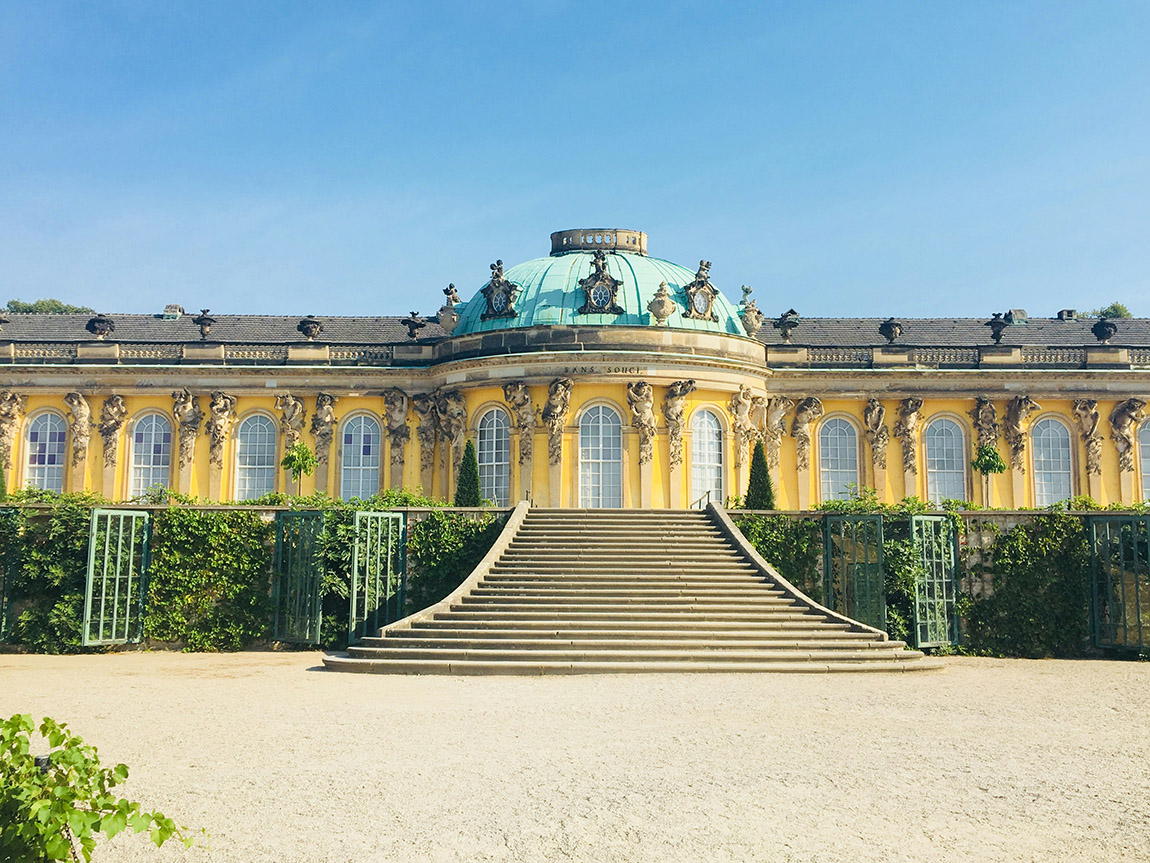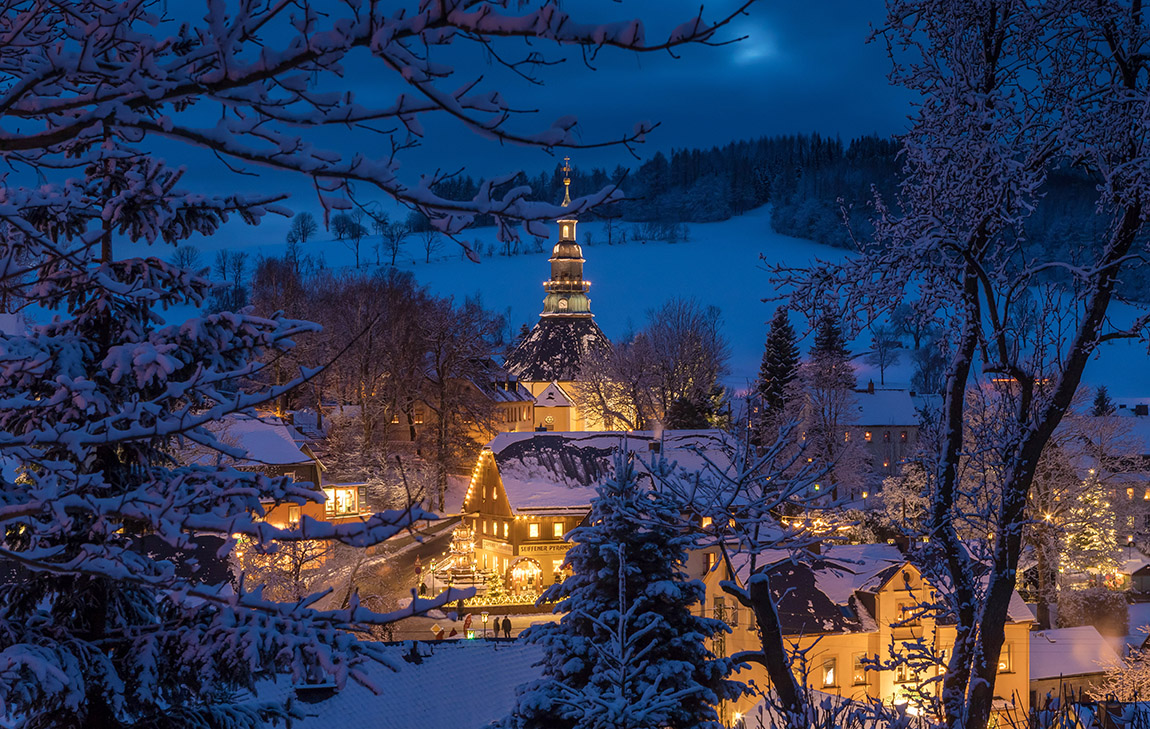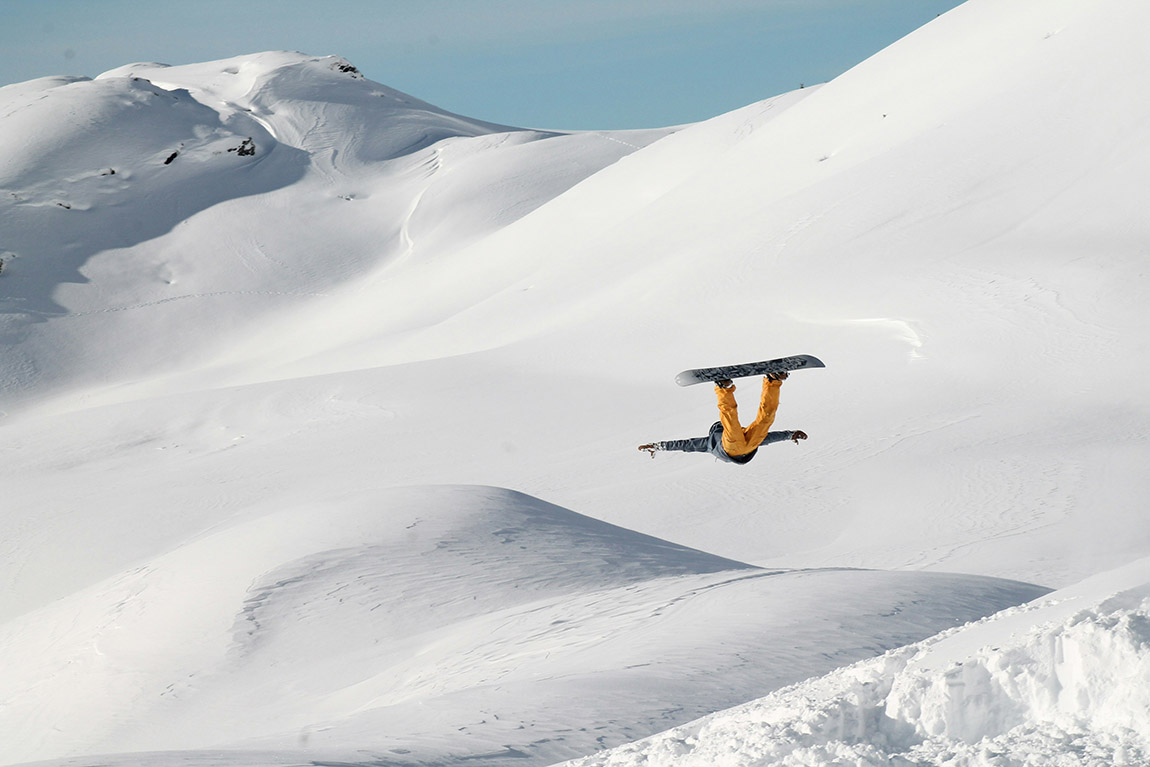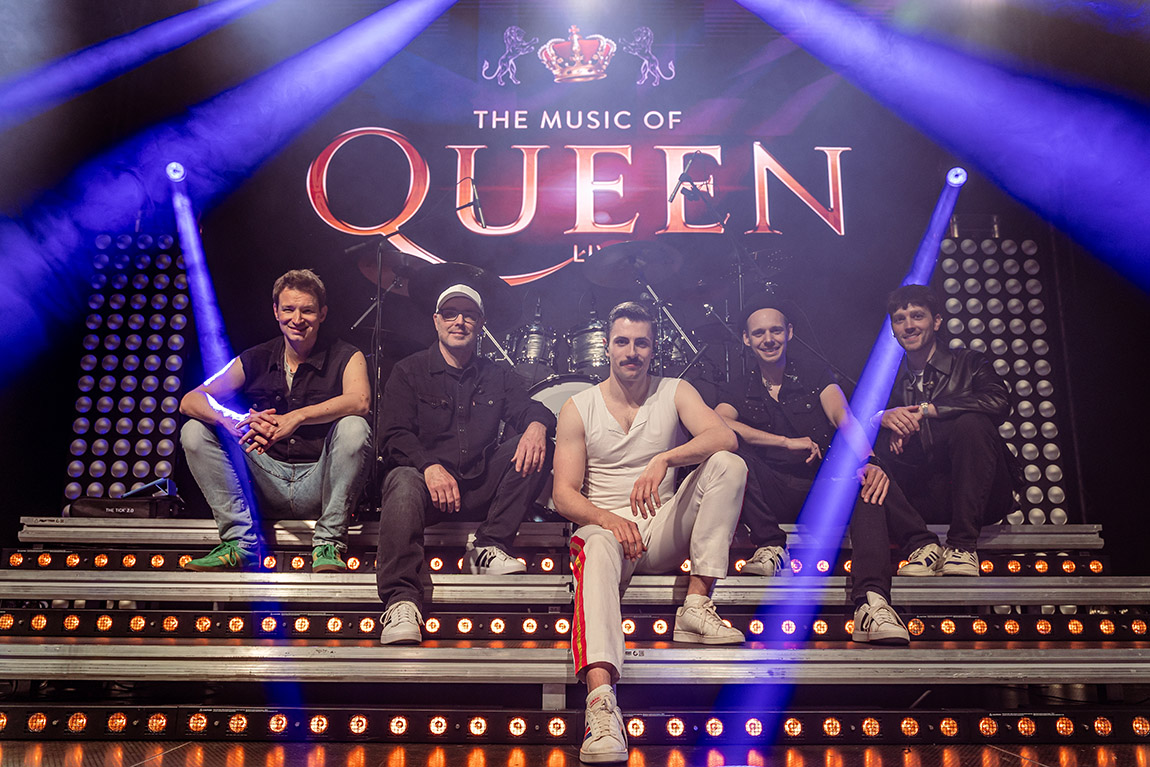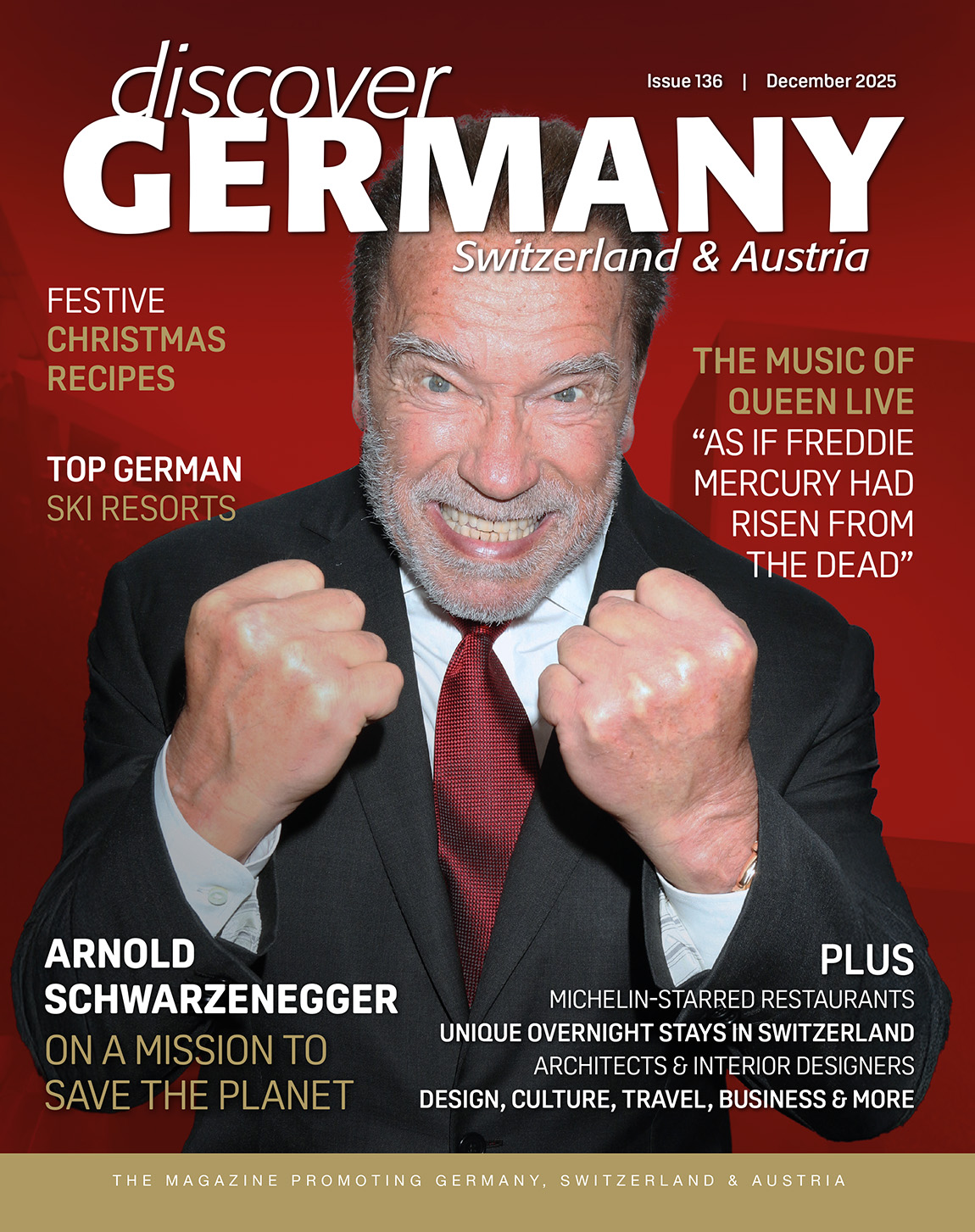Museum Reinhard Ernst: A white cube full of colour
TEXT: BARBARA GEIER
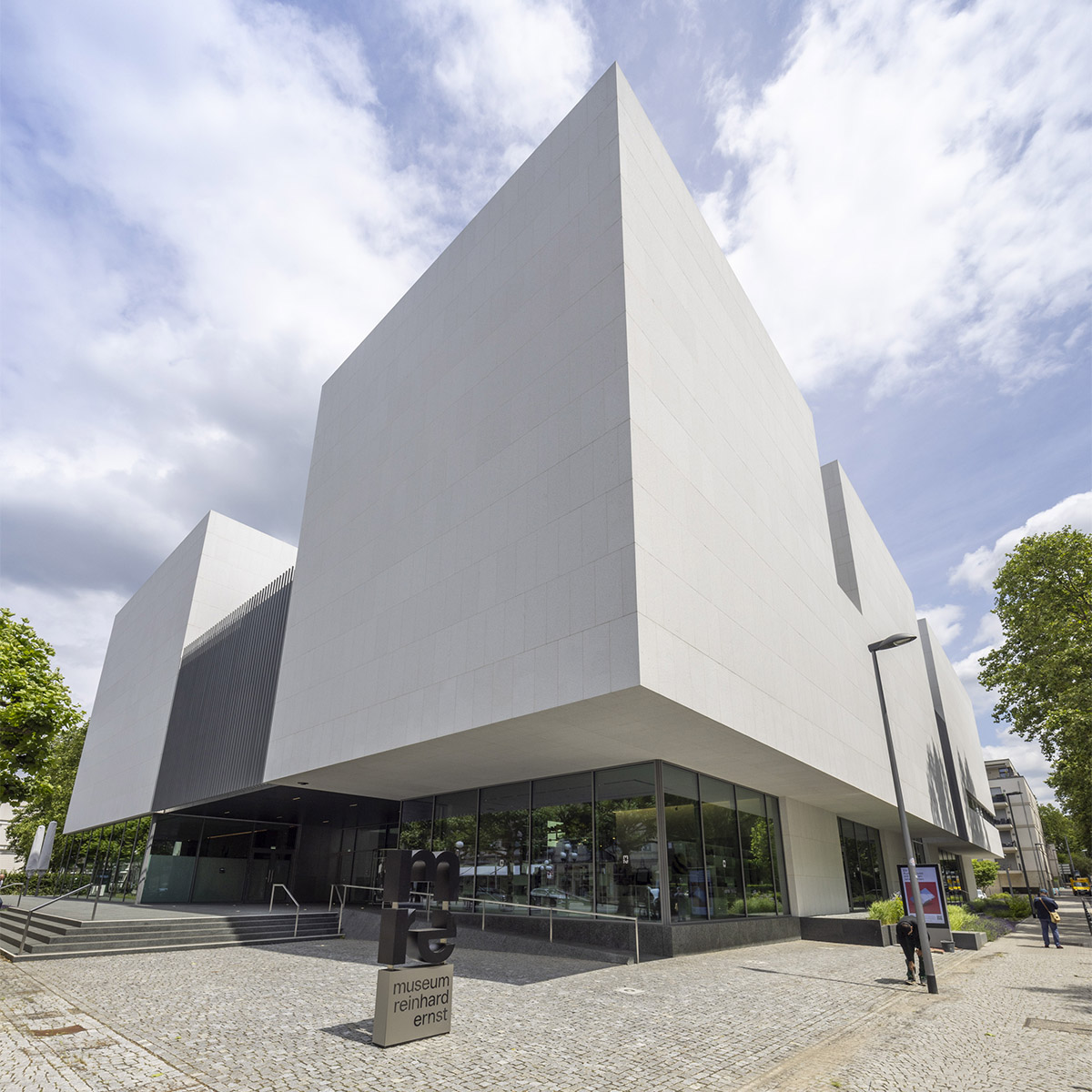
Exterior of the museum. Photo: Helbig Marburger
While neighbouring Frankfurt is a hub for business and finance, Wiesbaden is more about the quiet life. The combination of a self-made businessman turned art lover and one of the world’s most eminent architects has now given the historic spa town a new landmark with serious visitor appeal.
What do you do on business trips when on a rainy Sunday there’s nothing much to do? In the 1970s and 1980s when frequently travelling abroad for work Reinhard Ernst started visiting museums. Born in 1945 and with no previous background or education in art, he soon realised that the works that most spoke to him were abstract paintings that allowed him to make his own decisions about what he saw: “The Mona Lisa is the Mona Lisa, there is nothing to interpret. But abstract paintings gave and still give me the chance to find my own interpretation.”
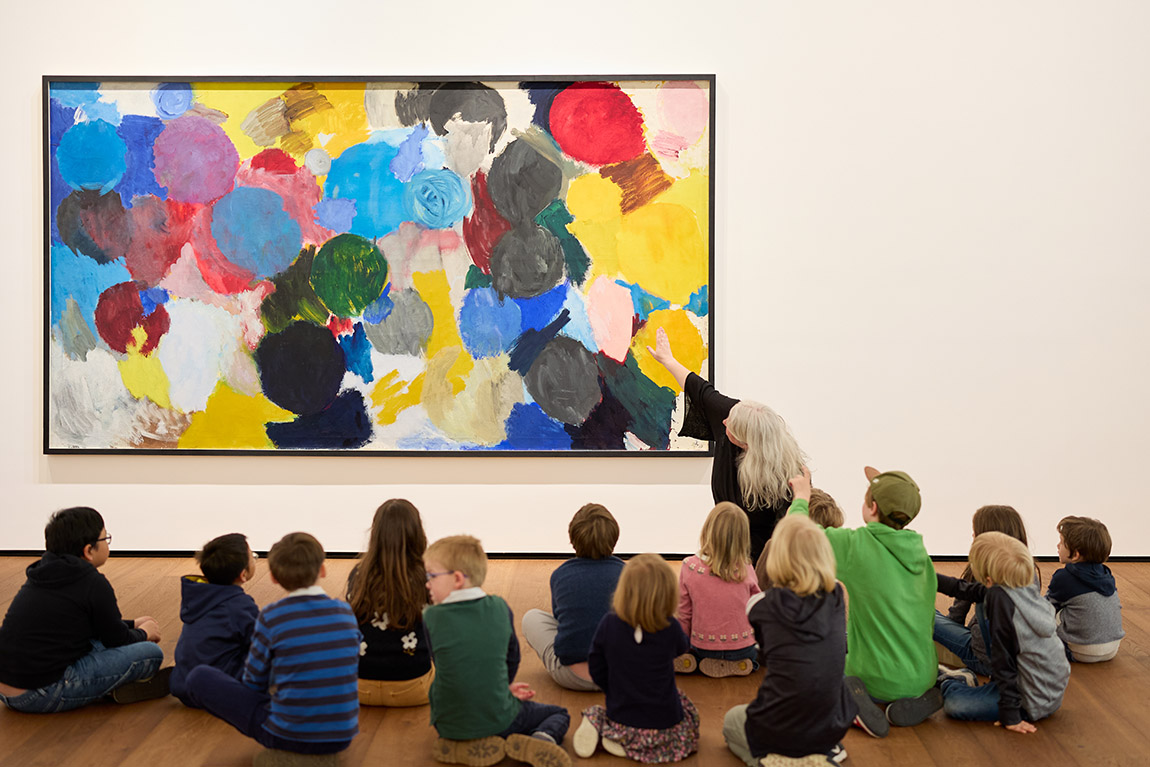
Art education programme for children. Photo: Robert Lichtenberg
Collector in the making
Over time, enjoying abstract art in museums led to buying it and the businessman acquired his first paintings for 20 and 50 Deutsch Marks around 40 years ago. Today, he has a private collection of more than 960 works by European, American and Japanese artists – and now also his very own museum dedicated exclusively to showcasing their abstract art spanning a period from 1945 to the present. This June, the Museum Reinhard Ernst (mre) opened in Wiesbaden, right on the city’s grand Wilhemstraße. It is, quite literally, a stand-out addition to this genteel town, one of Europe’s oldest spa towns with 26 hot springs bubbling up from the earth in the middle of the city centre.
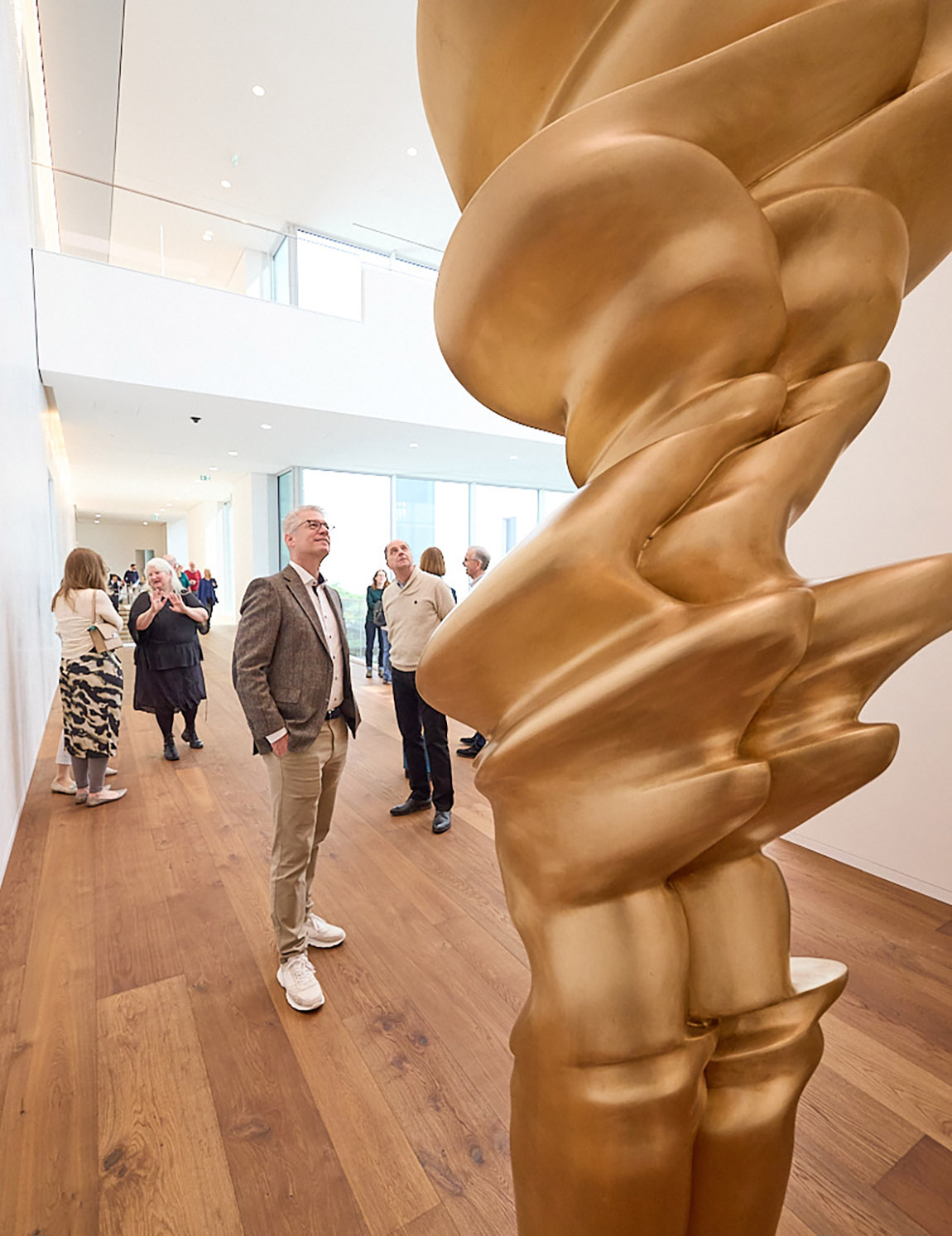
Photo: Robert Lichtenberg
Pritzker Prize winner design
The mre’s striking white cube-like structure is the only European museum of the Japanese architect Fumihiko Maki. The Pritzker Prize winner, who died only a few weeks before the mre’s opening on 23 June at the age of 95, is known for spectacular museum buildings, including the Yerba Buena Centre for the Arts in San Francisco and the Aga Khan Museum in Toronto, as well as the “4 World Trade Center” tower at New York’s Ground Zero. The story of how the eminent architect’s tenth museum building came to be not in one of the world’s capitals but in that of the federal state of Hesse in Germany is quite remarkable.
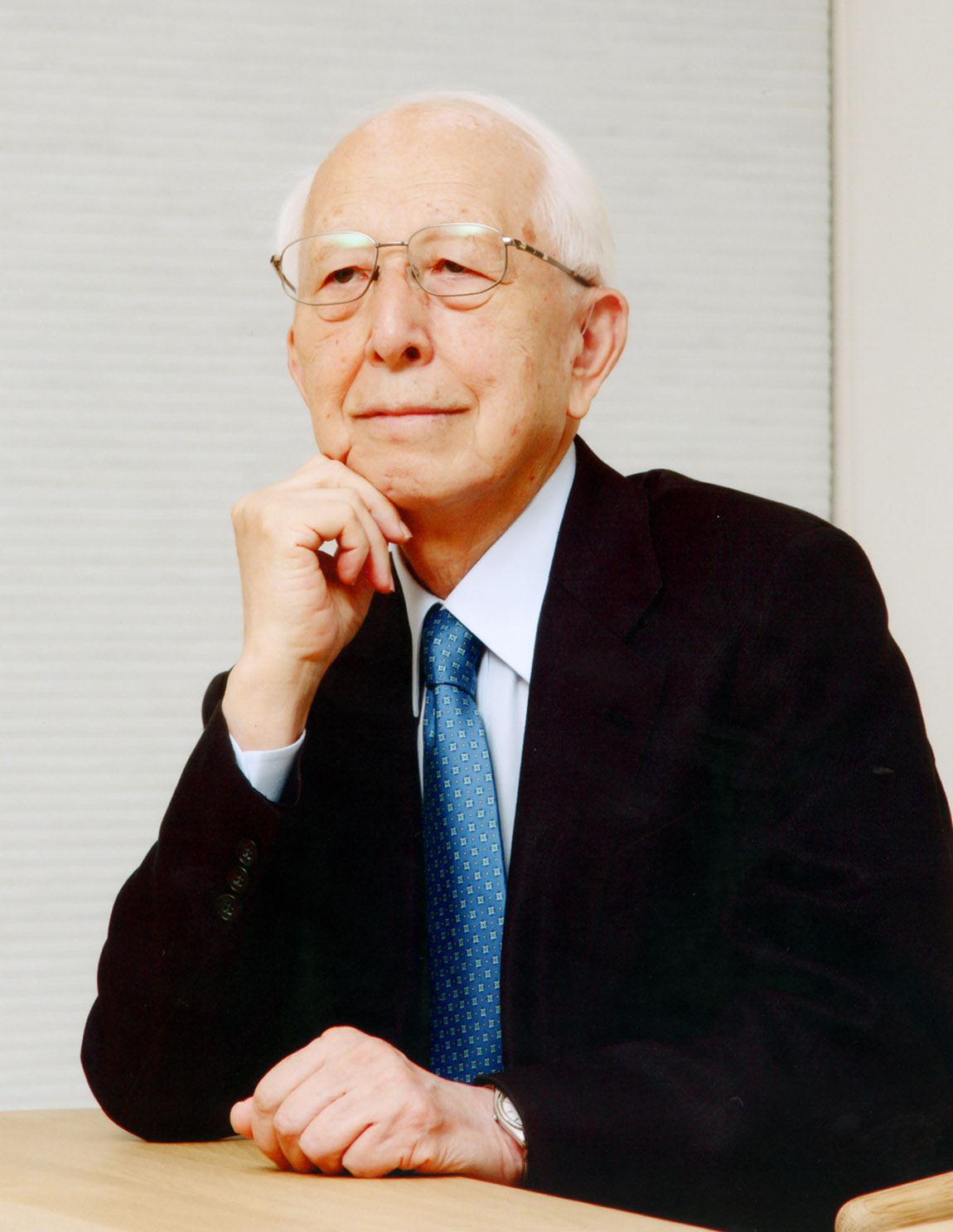
Fumihiko Maki.
Wiesbaden-based Ernst, who successfully built up and eventually sold two companies in the high-precision drive technology sector, had wanted to make his collection accessible to the public for some time. The idea to build a museum showcasing aspects of his collection as well as hosting special exhibitions was born. In 2016, the Reinhard & Sonja Ernst Foundation, set up in 2004 by Ernst and his wife, proposed to the city of Wiesbaden to build and operate a museum, all funded through the foundation and at zero expense to the taxpayer. After a public consultation process, the project was approved and a property at Wilhelmstraße 1 was made available to the Reinhard & Sonja Ernst Foundation with a 99-year leasehold agreement.
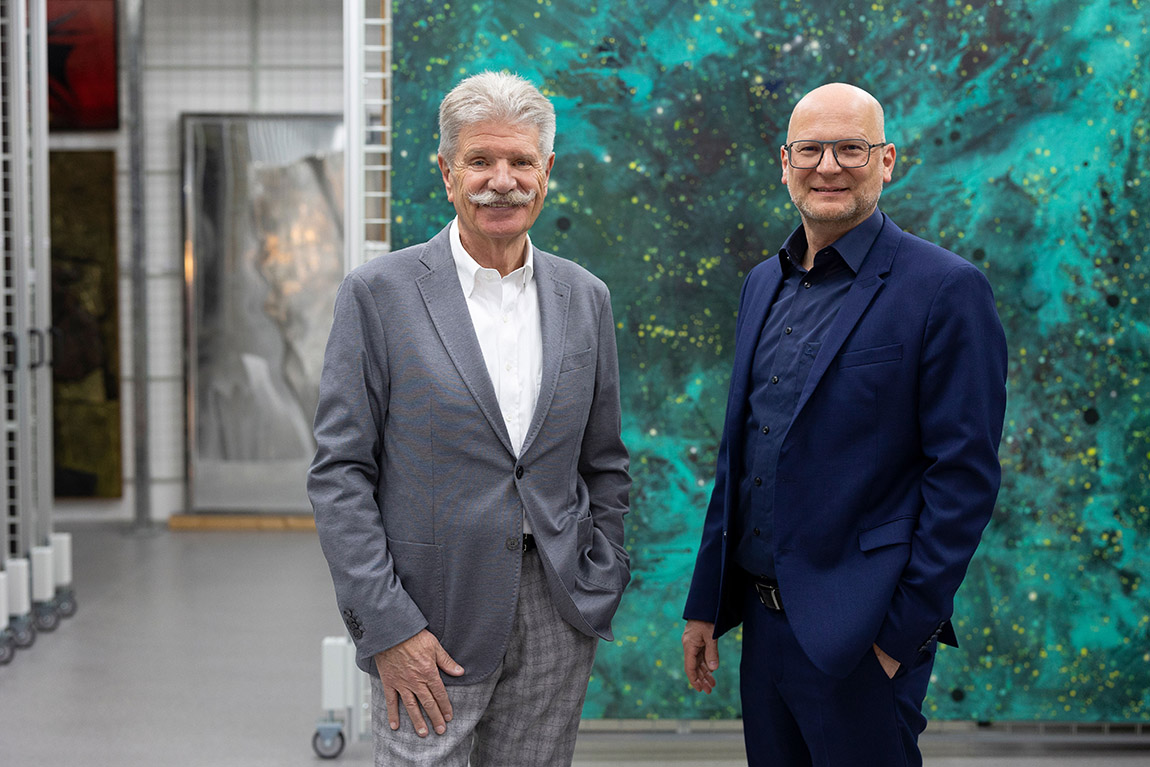
Reinhard Ernst and museum director Dr. Oliver Kornhoff. Photo: Tanja Nitzke
For the museum’s design, Ernst only ever considered Fumihiko Maki whom he had met decades ago through his Japanese business associations and developed a friendship with. With the mre, which cost around 80 million euros, the late architect created a museum specifically tailored to the needs of Ernst’s collection of often large-format abstract art, with up to 13-metre-high rooms. The three-storey building with a total area of 9,700 square metres provides altogether 2,500 square metres of exhibition space and features a stunning fully glazed courtyard open to the top. It is fitting that the museum’s first special exhibition, “Fumihiko Maki and Maki & Associates: Towards Humane Architecture”, is dedicated to the building’s architect, who did not live to see the opening of his tenth museum anymore.
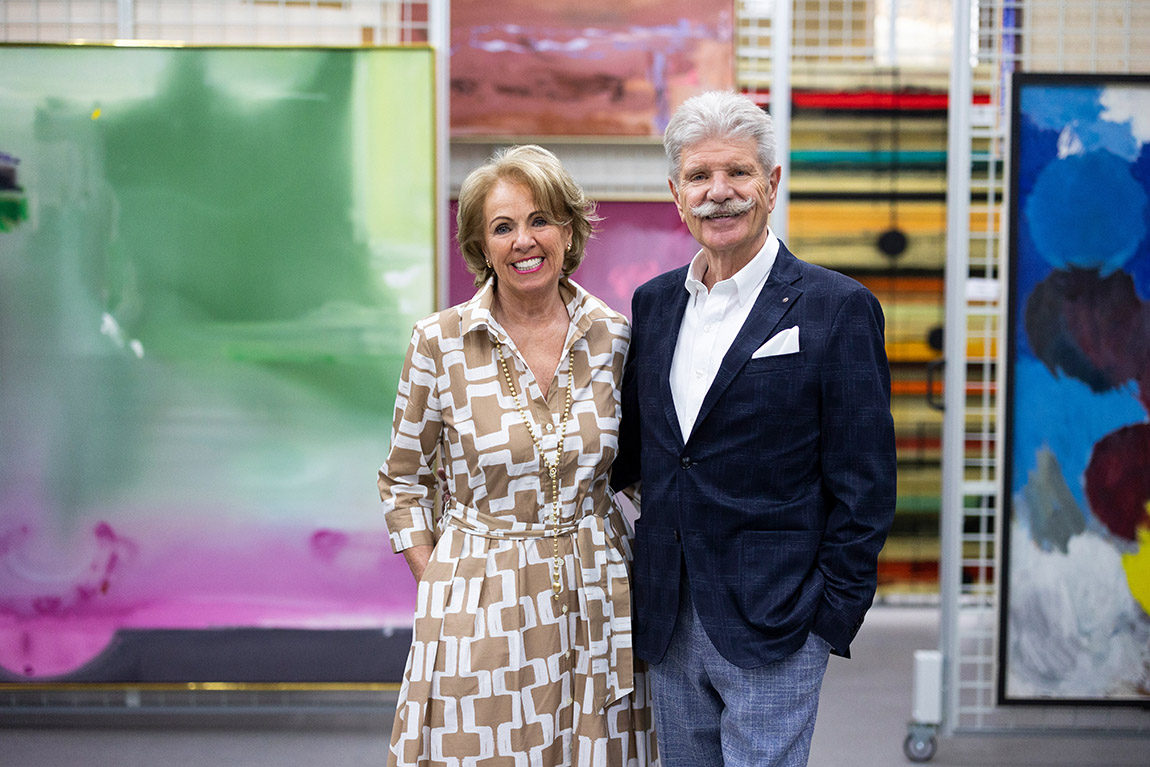
Reinhard and Sonja Ernst. Photo: Tanja Nitzke
First collection presentation: “Colour is everything!”
Alongside changing special exhibitions on the ground floor, the permanent exhibition on the building’s first and second floor is all about Ernst’s collection. For its first presentation, 60 pieces have been selected that highlight the entrepreneur’s great love of colour that has driven and shaped the look of his collection, including works by Katharina Grosse, Karl Otto Götz, Hans Hartung, Lee Krasner, Morris Louis, Frank Stella, Atsuko Tanaka, Robert Motherwell and his favourite painter, Helen Frankenthaler. With 43 of her colour-soaked paintings, Ernst has the world’s largest private collection of works by the US painter who is recognised as one of the great American artists of the 20th century.
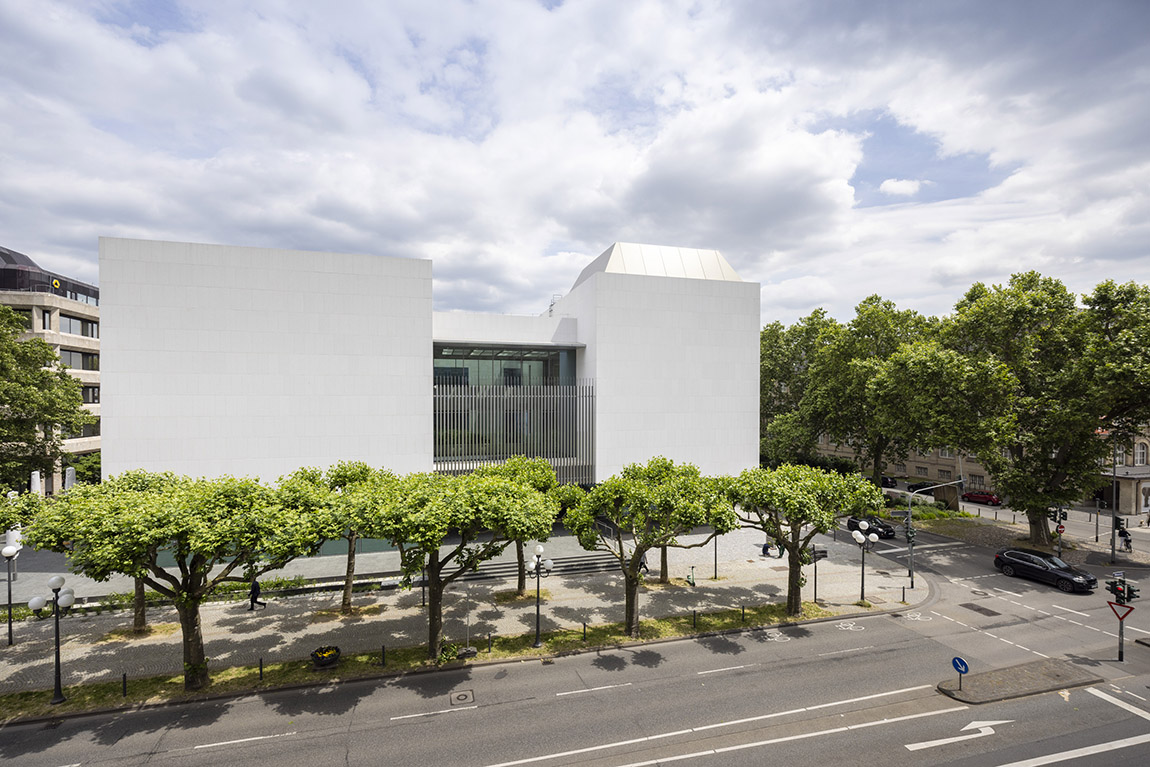
Photo: Helbig Marburger
A space for all – and children
Refreshingly, Ernst has only ever bought paintings that he liked at first sight, irrespective of any value-considerations that drive many collectors. Following his “gut feeling” and clearly a naturally good eye for quality that he honed over many years of viewing and immersing himself in art turns out not to have been the worst of strategies, as the resulting collection has a rare and unique profile, as attested by art experts, that features some of the most important 20th and 21st centuries artists.
For Wiesbaden, Ernst’s belief that, while they might own the works of art, collectors should make them accessible to the public, has resulted in a museum that puts the city firmly on the agenda of international architecture and art lovers. Who – another refreshing aspect – will have to wait until 12 pm before entering as mornings are reserved exclusively for school classes to roam the light and open space full of colour.
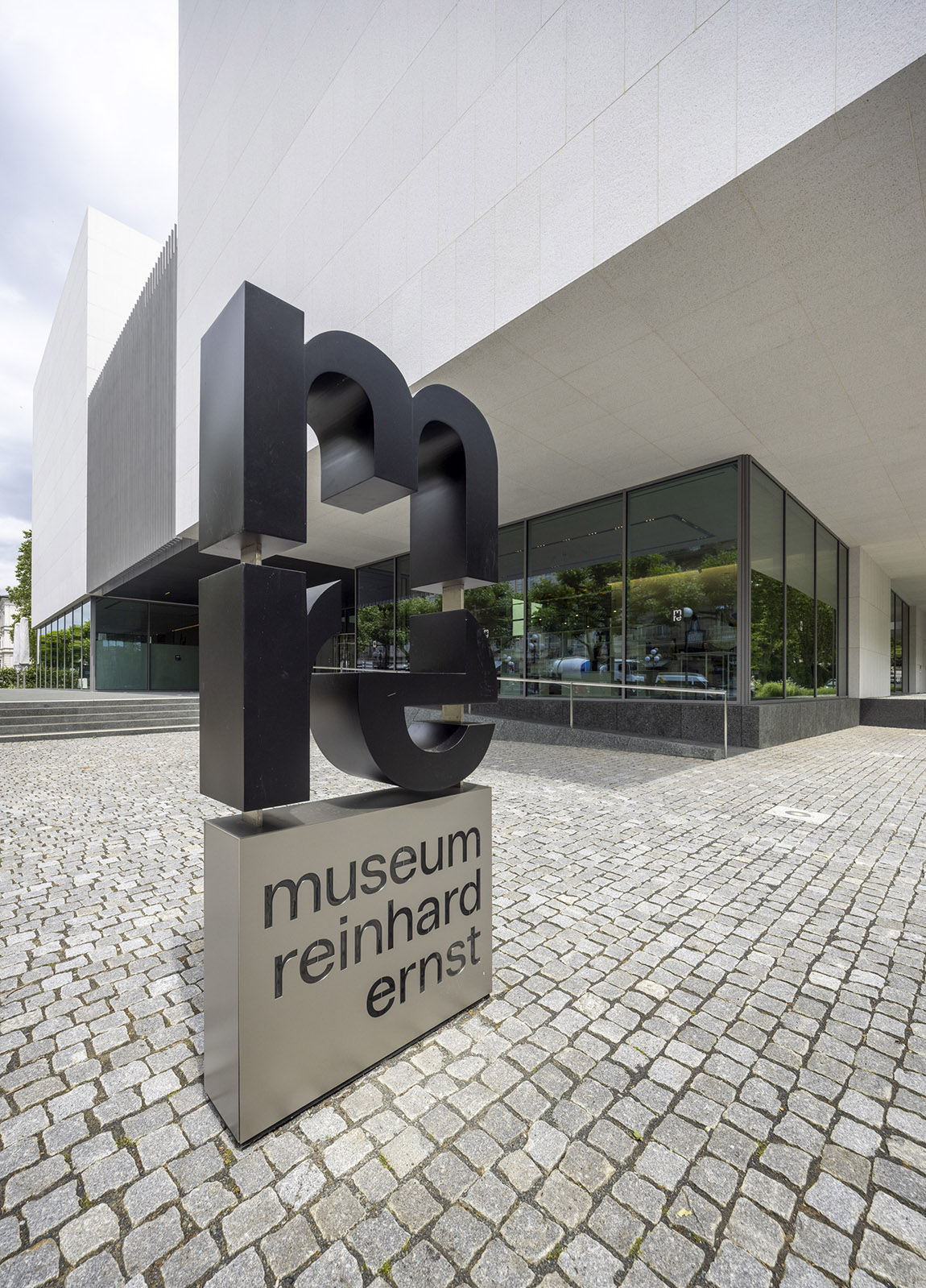
Photo: Helbig Marburger
Subscribe to Our Newsletter
Receive our monthly newsletter by email

